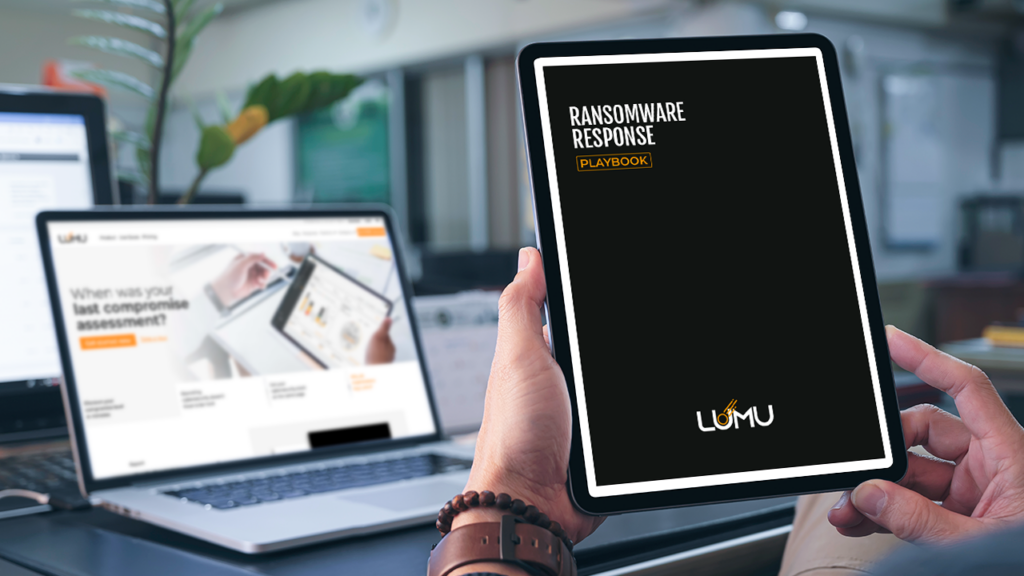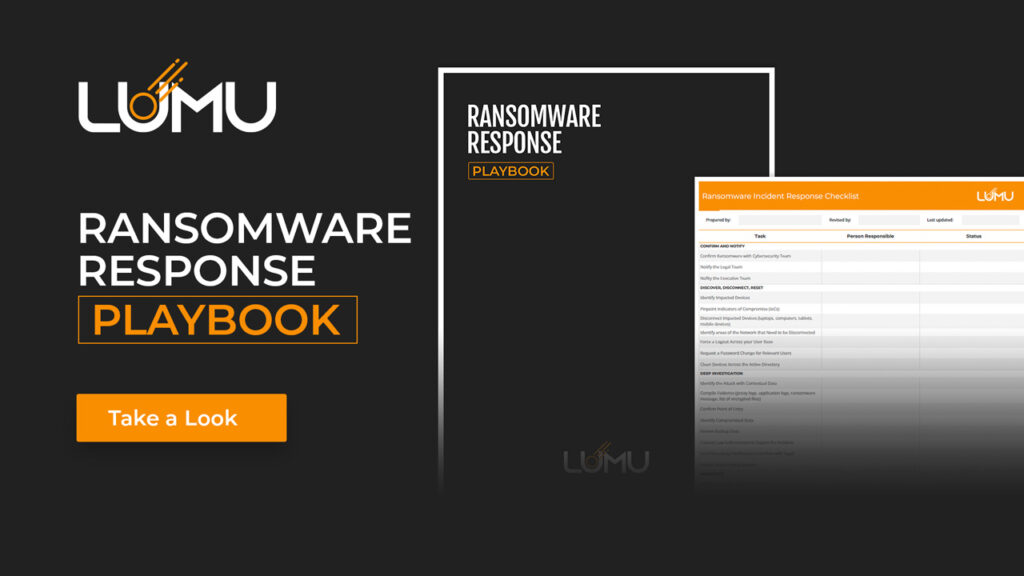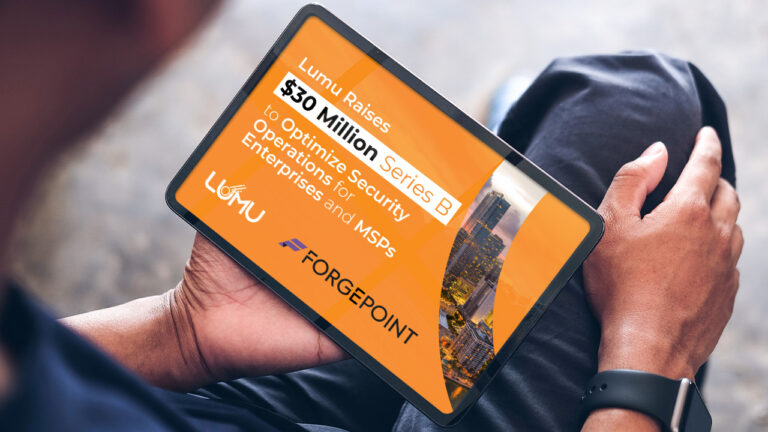Table of Contents
What Is Ransomware and Why Should We Be Prepared?
In recent years, ransomware attacks have become a growing threat to organizations and individuals alike. Ransomware takes control of an organization’s most sensitive assets by encrypting files or systems, making them inaccessible until a ransom is paid.
Attackers typically demand payment in cryptocurrency and threaten to leak sensitive information if their demands are not met. The consequences of a ransomware attack can be devastating, ranging from financial losses to reputational damage.
If sensitive information is leaked, it can lead to legal and regulatory penalties. If the organization decides to pay the ransom, it can lead to significant financial losses. Even if the ransom is paid, there is no guarantee that the attackers will provide the decryption key or delete the stolen data.
Being Prepared to Defend and Respond
Being prepared for a ransomware incident can help minimize the impact of the incident. Preparation against ransomware has two main components—defense and response.
Defense includes having backups of critical data, employing the necessary security tools/strategy, and training employees to recognize and avoid phishing emails. Having backups of critical data can help organizations recover from an incident quickly, without having to pay the ransom.
A ransomware incident response plan is perhaps the most crucial and the least-talked-about defense component. Knowing what to do if ransomware hits can help security teams contain the impact of a ransomware incident. This can help organizations respond to an incident quickly and effectively, minimizing the damage.
With so many organizations having to comply with regulatory requirements around the protection of sensitive information from unauthorized access or disclosure, being prepared for when a ransomware incident materializes can help meet these compliance requirements and avoid a significant impact.
A Full Guide to Ransomware
We recently produced a Ransomware Incident Response Playbook that companies can download to help form a well-structured plan against these pervasive threats. This playbook outlines best practices and steps that organizations can take to prevent and respond to a ransomware incident. We’ve also created a Ransomware Incident Response Checklist that organizations can leverage to assign tasks to different members of the organization in case they fall victim to an attack.
To download the guide and incident response checklist, click here.





